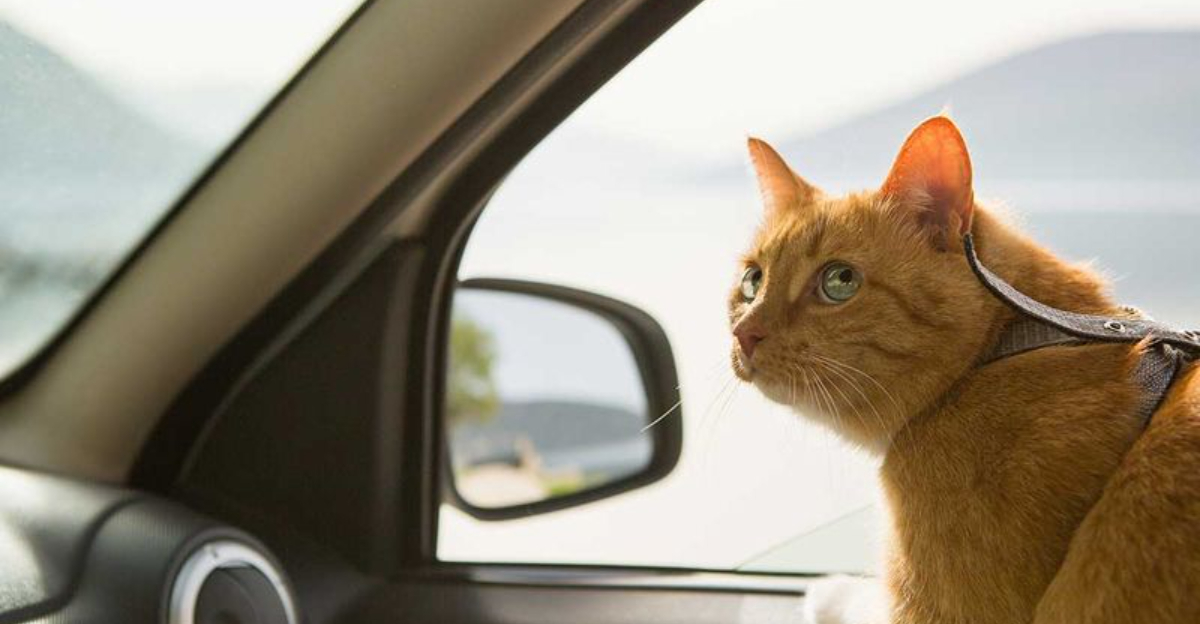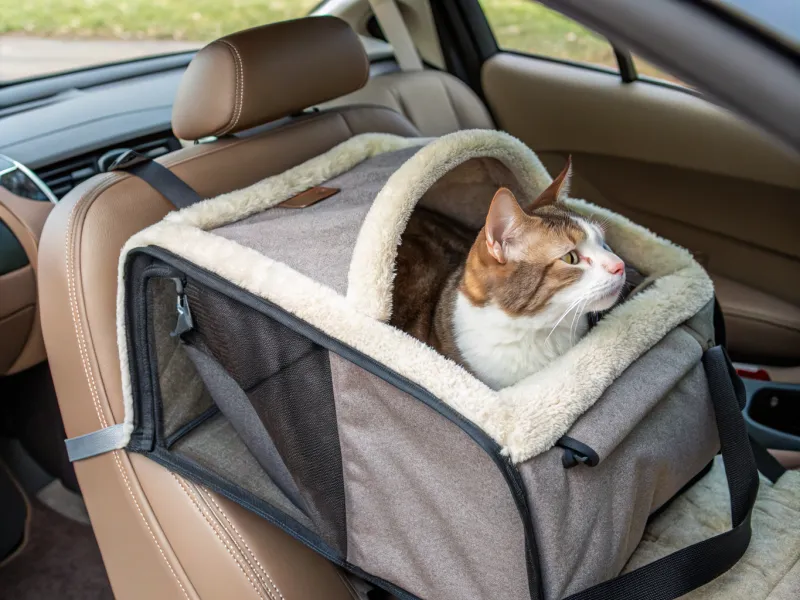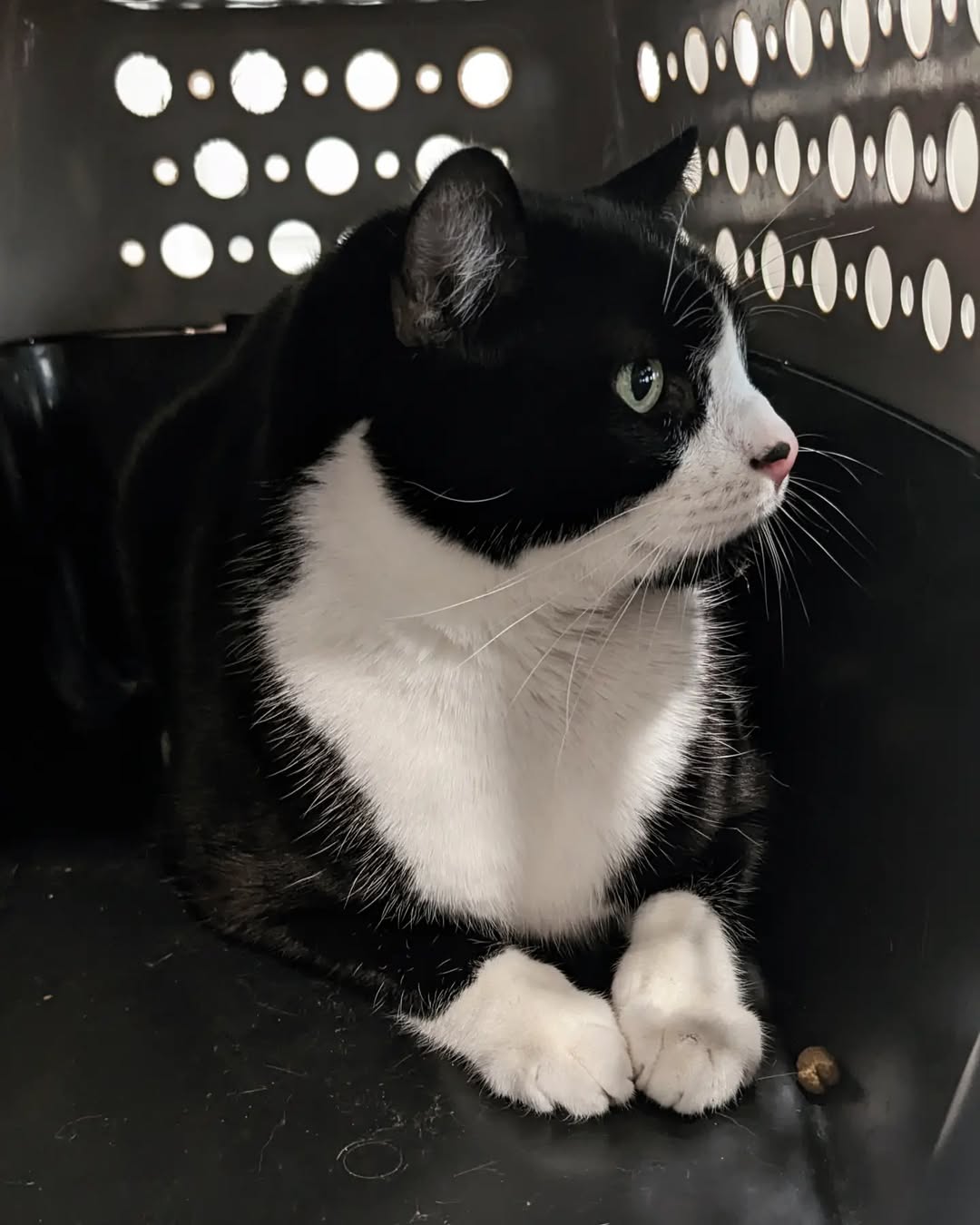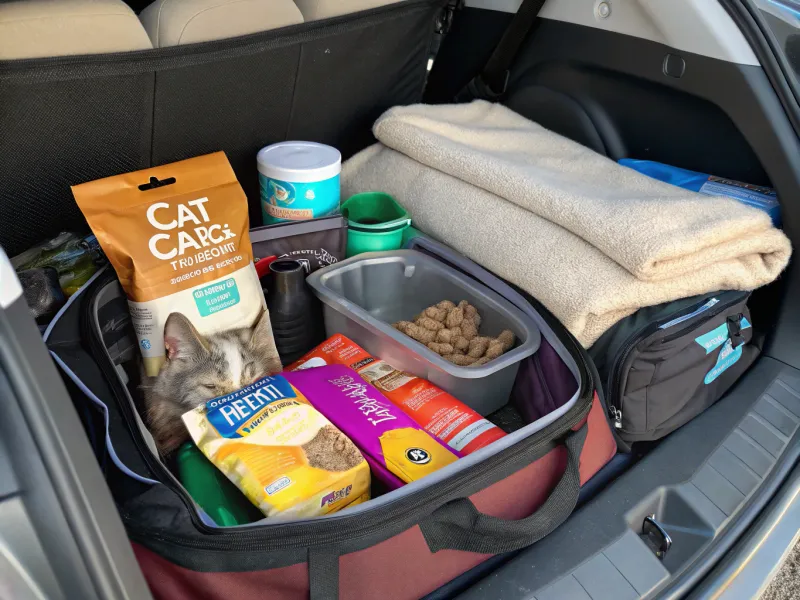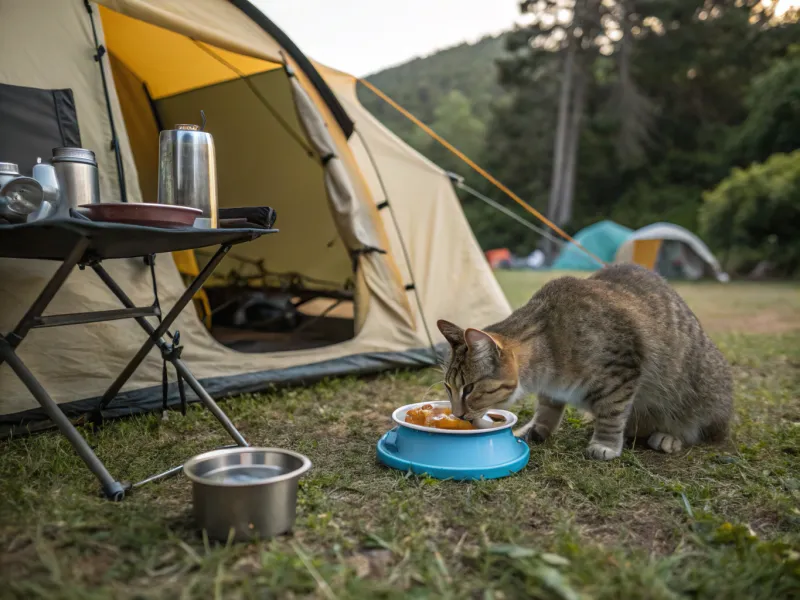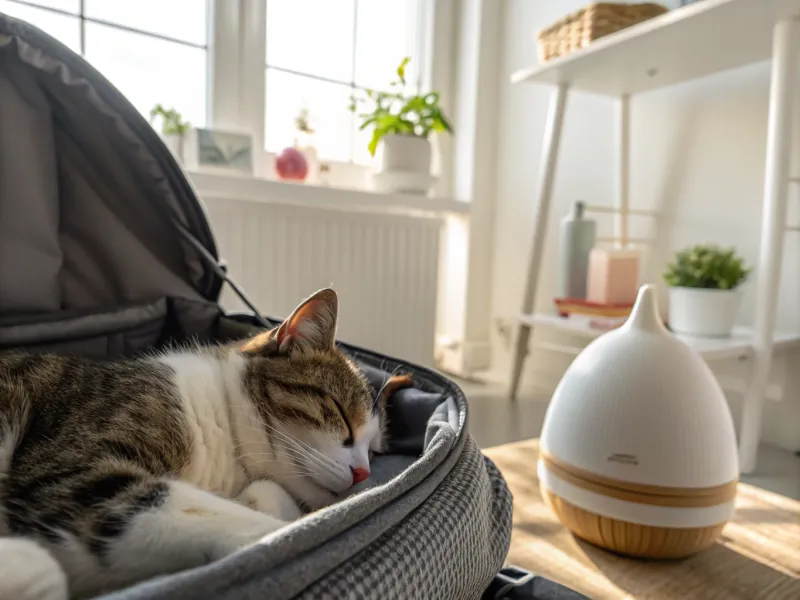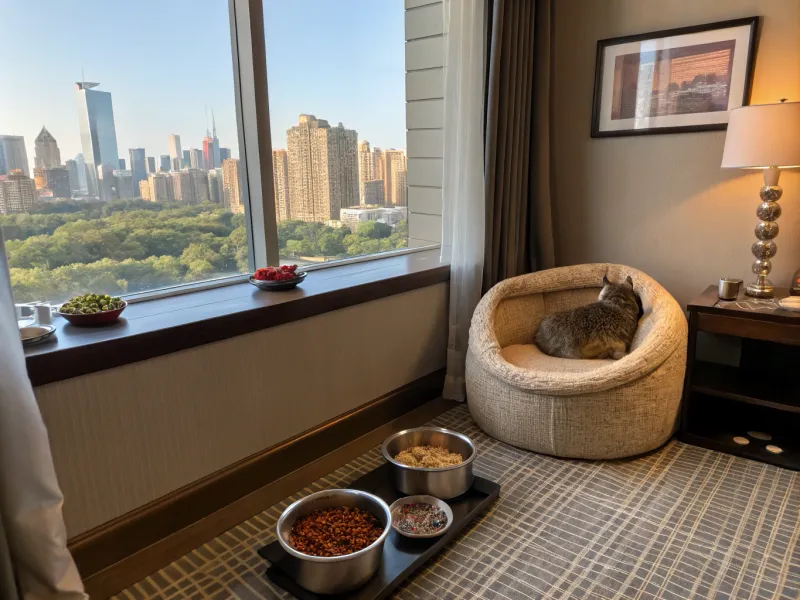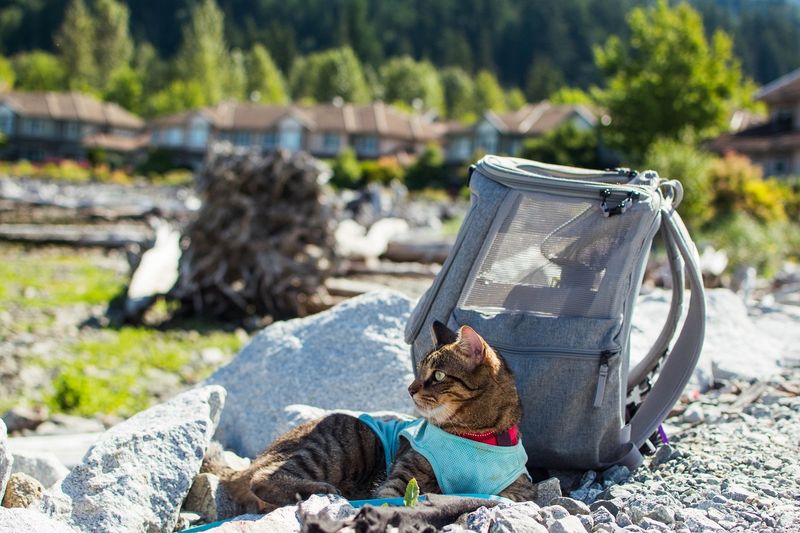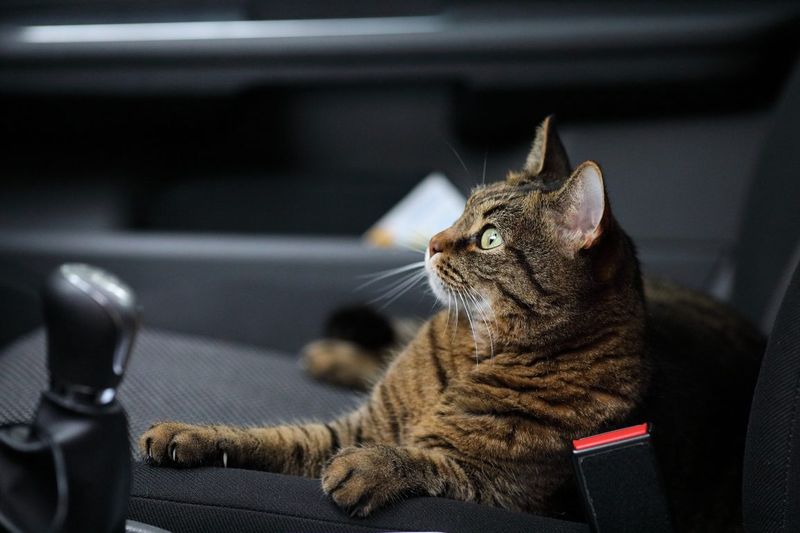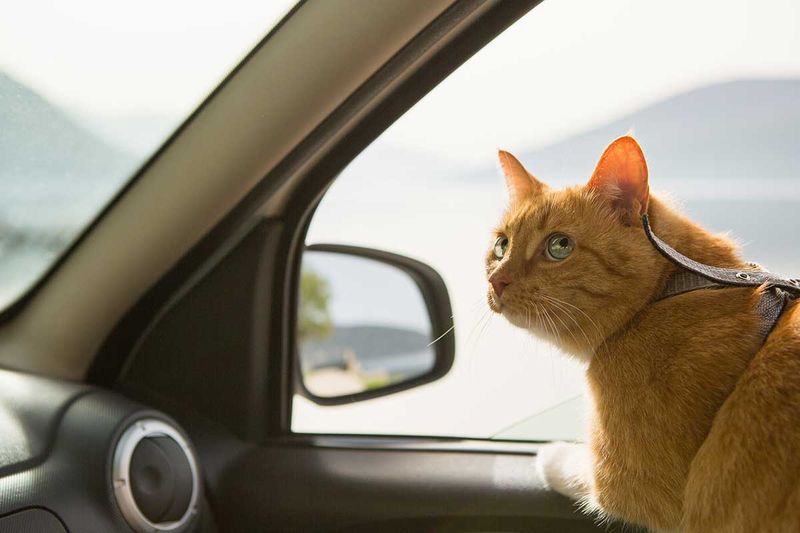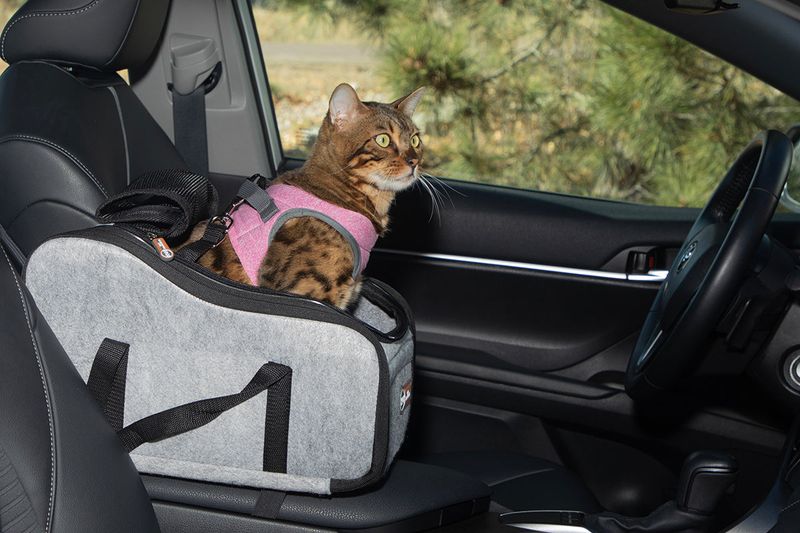📖 Table of Content:
- 1. Choose the Right Carrier
- 2. Acclimate Your Cat Early
- 3. Plan for Pit Stops
- 4. Pack Essential Supplies
- 5. Maintain a Routine
- 6. Use Calming Aids
- 7. Monitor Health and Behavior
- 8. Book Pet-Friendly Accommodations
- 9. Prepare for Emergencies
- 10. Stay Calm and Patient
- 11. Use a Travel Litter Box
- 12. Provide Familiar Scents
- 13. Keep Your Cat Hydrated
- 14. Feed Your Cat Lightly Before Travel
- 15. Create a Quiet, Safe Space
Traveling with a cat can be both an exciting and daunting experience. Cats are creatures of habit, and being in an unfamiliar environment can be stressful for them. However, with a little planning, the journey can be enjoyable for both the cat and the owner.
Preparation is key to making the travel experience as smooth as possible. Ensuring your cat feels comfortable and safe during the trip will go a long way in reducing stress. Simple adjustments like choosing the right carrier or providing familiar scents can make all the difference.
To help minimize the challenges of traveling with a cat, there are several important tips to keep in mind. From managing your cat’s comfort to taking precautions for their safety, thoughtful planning is essential. By following these guidelines, the trip can become a pleasant experience for both the cat and their human companion.
1. Choose the Right Carrier
When traveling with your cat, the first step is selecting the right carrier. A carrier should be spacious enough for your cat to move but not too large that it feels unsafe. Look for carriers with good ventilation and soft padding to keep your cat comfortable.
It’s important to secure the carrier correctly, especially when you’re traveling by car. A seatbelt around the carrier can help ensure it stays in place. Consider having a few practice runs at home to get your cat used to the space.
2. Acclimate Your Cat Early
Acclimating your cat to the travel environment early can make a big difference. Start by leaving the carrier open in a familiar area at home. Allow your cat to explore it at its own pace.
Gradually increase the time your cat spends inside the carrier, offering treats and affection to create positive associations. This step is crucial for reducing travel-related anxiety. The more familiar your cat is with the carrier and short trips, the smoother your longer travels will be.
3. Plan for Pit Stops
Planning for regular pit stops is essential when traveling long distances. These breaks allow your cat to stretch and relieve itself. Choose rest areas that are pet-friendly, and always supervise your cat closely.
It’s a good idea to bring a harness and leash, even if your cat typically doesn’t wear one, for added security. Make sure your cat is microchipped and has a collar with an ID tag in case it gets lost. These precautions can make traveling safer and more enjoyable for everyone.
4. Pack Essential Supplies
Packing the right supplies can make a world of difference during your travels. Ensure you have enough food and water for the duration of your trip. Don’t forget a litter box and litter, as cats prefer having their own space for bathroom breaks.
Include some of your cat’s favorite toys and a comfortable blanket to provide a sense of familiarity. Having these essentials on hand will help keep your cat calm and content throughout the journey. It’s better to be over-prepared than caught off guard.
5. Maintain a Routine
Cats are creatures of habit, and maintaining a routine while traveling can help ease their stress. Try to keep feeding times and play sessions consistent with your home schedule.
If possible, bring your cat’s regular food and dishes to avoid unnecessary changes. This consistency can be comforting and reassuring. By sticking to familiar routines, you can help your cat adjust more easily to new environments, making the entire travel experience smoother and more enjoyable.
6. Use Calming Aids
Calming aids can be a great help if your cat gets anxious during travel. Consider using products like pheromone sprays or diffusers to create a calming environment.
Some cats also benefit from natural supplements that reduce stress levels. It’s essential to consult your veterinarian before trying new calming aids, as they can recommend the best options for your cat’s specific needs. These tools can significantly enhance comfort and reduce anxiety during trips.
7. Monitor Health and Behavior
Keeping an eye on your cat’s health and behavior is crucial when traveling. Schedule a vet visit before your trip to ensure your cat is in good health.
Watch for any signs of discomfort or illness during the journey. Cats can be sensitive to changes, and unusual behaviors might indicate stress or health issues. Promptly address any concerns with a veterinarian to prevent complications. Being proactive about your cat’s well-being can lead to a more enjoyable travel experience.
8. Book Pet-Friendly Accommodations
When planning your trip, ensure you choose accommodations that are pet-friendly. Research hotels or rentals in advance that welcome cats and offer amenities specifically for pets.
Having a designated space for your cat to relax can make a significant difference. Make sure the environment is safe, with no potential hazards. A pet-friendly place ensures both you and your cat can enjoy a comfortable stay, making the trip more enjoyable for everyone involved.
9. Prepare for Emergencies
Being prepared for emergencies is vital when traveling with a cat. Create an emergency kit that includes a first aid kit, your cat’s medical records, and contact information for veterinarians along your route.
Having a plan for unexpected situations can provide peace of mind. Know the locations of nearby veterinary clinics, and keep a list of emergency contacts readily available. Preparation and planning can make a significant difference in case of emergencies, ensuring your cat’s well-being.
10. Stay Calm and Patient
Traveling with a cat requires patience and calmness. Your behavior can greatly influence your cat’s mood. Stay calm and composed, even if things don’t go as planned.
Cats are sensitive and can pick up on stress, so maintaining a relaxed demeanor can help keep them at ease. Give your cat time to adjust to new surroundings and be patient with any setbacks. With a relaxed and positive attitude, you’ll create a more harmonious travel experience for both you and your furry friend.
11. Use a Travel Litter Box
Cats are creatures of habit, and having a familiar spot to do their business can ease travel anxiety. Invest in a portable travel litter box that can easily fit in your vehicle. Make sure it’s sturdy and has a secure lid to prevent spills. Place it in a quiet area of your car where your cat feels safe.
Before you leave, introduce this litter box at home to ensure your cat gets accustomed to it. This simple step can prevent accidents and make your cat feel more at home even on the road.
12. Provide Familiar Scents
Your cat’s sense of smell is crucial for comfort, so bringing along items with familiar scents can help reduce stress during travel. A favorite blanket or toy with a homey scent can be placed in the carrier or car seat for reassurance.
The familiar scent acts as a calming agent, helping your cat feel secure and relaxed in a new environment. This simple trick can significantly reduce stress and make your travels more enjoyable.
13. Keep Your Cat Hydrated
Hydration is crucial, especially during long trips. Ensure your cat has access to fresh water throughout the journey. Use a travel-friendly water bowl that minimizes spills. Stopping regularly to offer water can keep your cat hydrated and comfortable. Avoid placing the bowl near litter to maintain cleanliness.
It’s a good idea to offer water during breaks rather than while the car is in motion, as cats might be more willing to drink when the car is still. Keeping your cat hydrated ensures a healthier, more pleasant journey.
14. Feed Your Cat Lightly Before Travel
Feeding your cat lightly before travel can prevent discomfort and motion sickness. Offer a small meal a few hours before departure. Avoid feeding right before the trip as it might lead to nausea. A light meal ensures that your cat isn’t too hungry but not overly full either.
This balance helps in keeping your cat calm and reduces the risk of motion-related issues. A well-timed, light meal can make a significant difference in your cat’s travel experience.
15. Create a Quiet, Safe Space
To ensure your cat feels secure during travel, create a quiet, calm space in the carrier. Position the carrier on a stable seat, away from sunlight and noise. Add some bedding or a cushion for extra comfort and warmth.
Ensuring the carrier is well-ventilated and not overcrowded makes the journey more pleasant. A peaceful environment allows your cat to rest and adapt to the travel situation more easily. Prioritizing your cat’s safety and comfort can lead to a successful trip.
